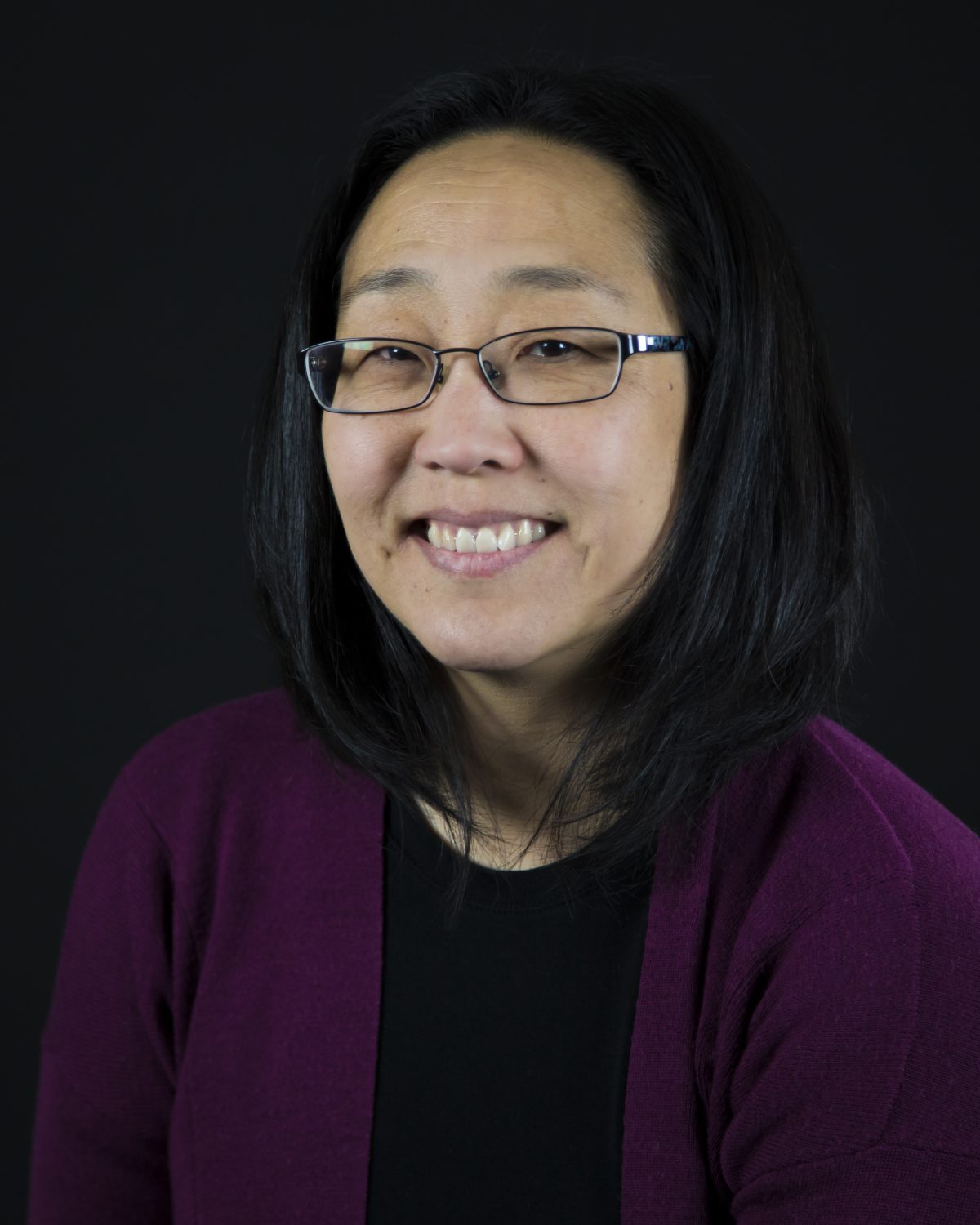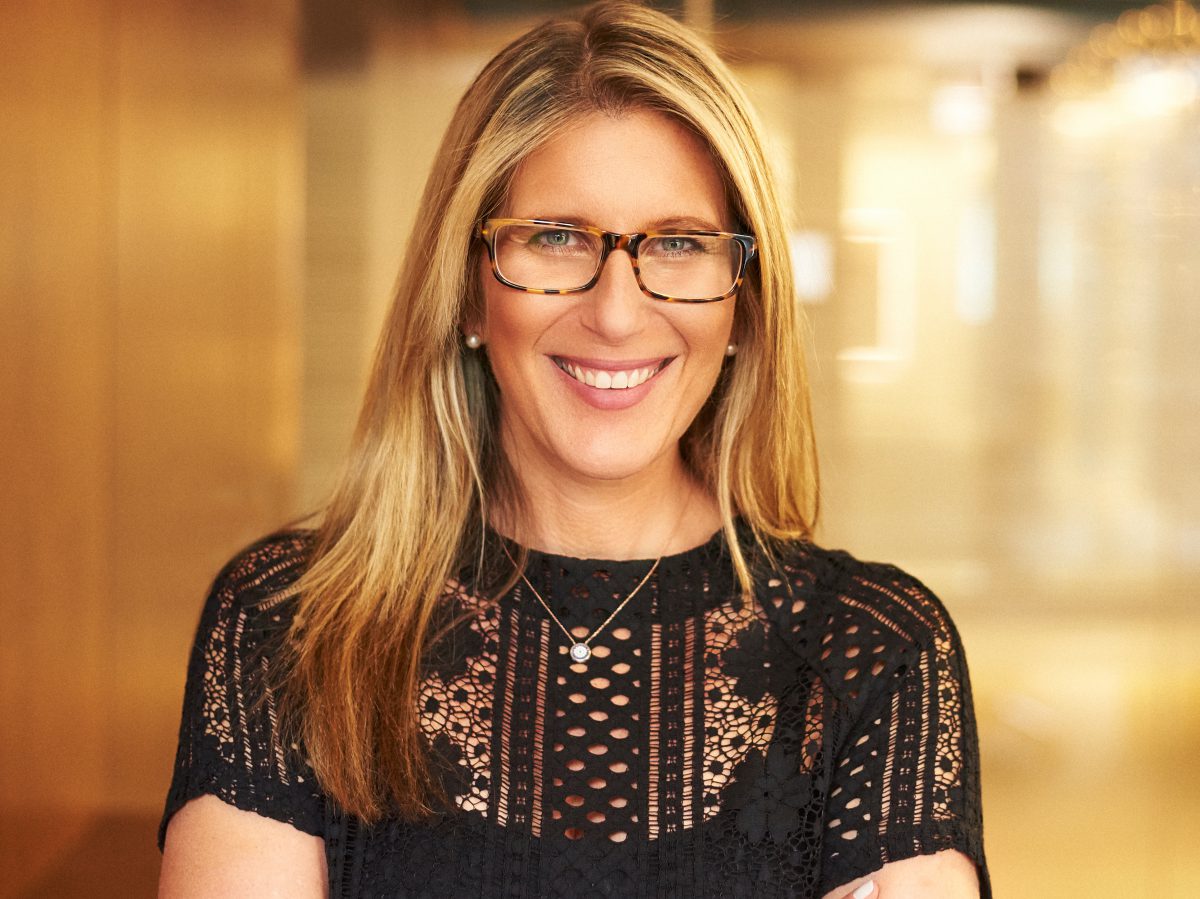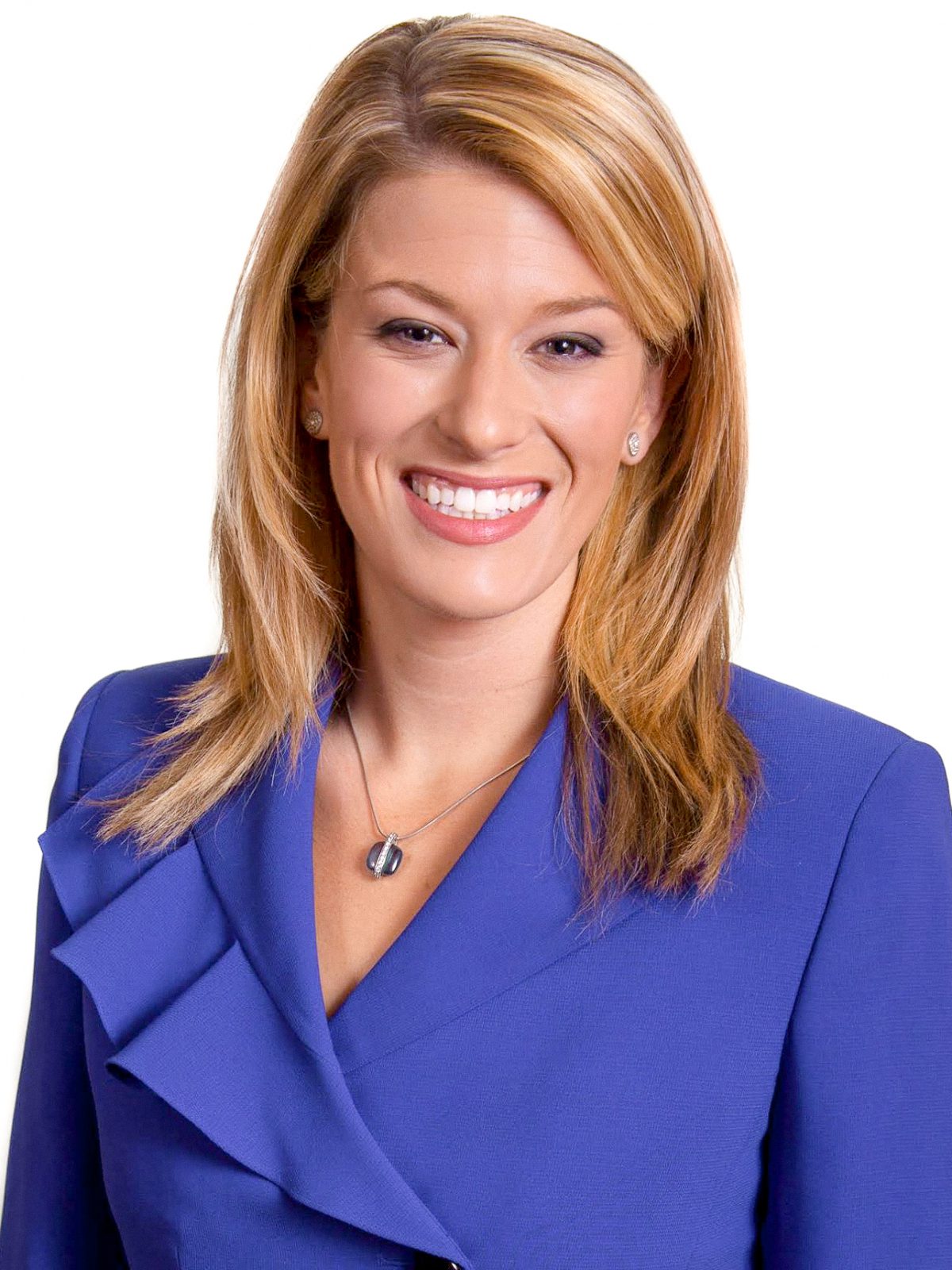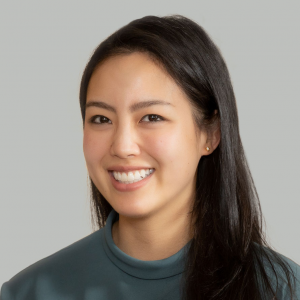Jennifer Tanaka was named senior editor of digital news at Chicago Public Media WBEZ 91.5-FM. In her new role she’ll lead the digital content team “to amplify WBEZ’s position as an essential destination for outstanding journalism and news coverage in Chicago,” according to a station announcement. She formerly worked as an executive digital editor and deputy/senior editor at Chicago magazine. Since 2014, Tanaka has been director of digital communications in the alumni relations department at Northwestern University.
Jennifer Tanaka (BSJ90)




